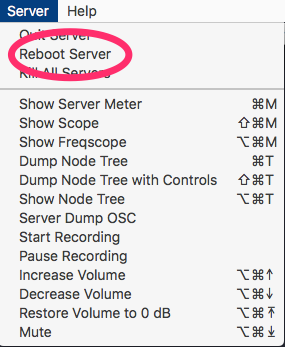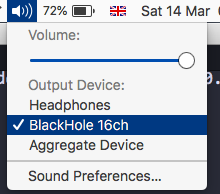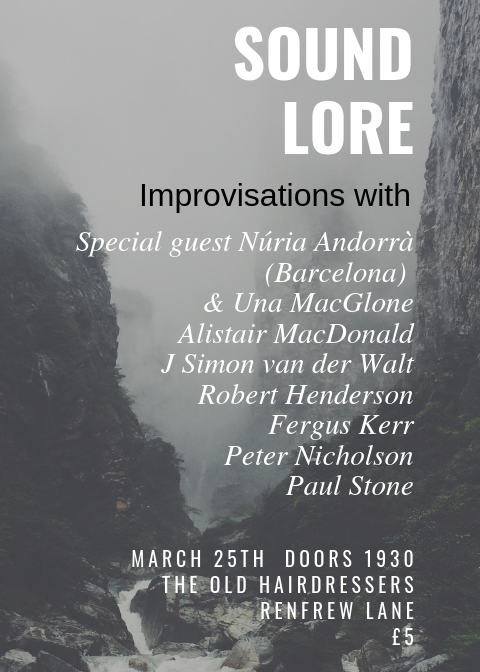Looking back over the year
The tempation to 'share' on proprietary online platforms means that I don't document my work here as frequently as I should! So, here's a roundup of some things I've produced this year: as much a reminder to myself as anything else.
- February
- ‘Perang Gagal: a Series of Inconclusive Battles’ at ICLC Limerick
- March
- two performances at Euleroom Equinox, a busk followed later by the 'official' set
- track 'threequal' on SoundArtist.ru mixtape
- April
- curated two gamelan soundfonts, released on archive.org
- May
- Algovoids performance
- July
- Performed with Gamelan Naga Mas at the Network Music Festival
- video still not available :(
- https://networkmusicfestival.org/programme/performances/naga-mas-golden-dragons-go-online/
- Performed with Gamelan Naga Mas at the Network Music Festival
- October
- 7 Calls collaboration with Mags Smith of Good Vibrations
- December
- two sets (sort of!) at Euleroom Solistice: 'official' performance and crazy spontaneous chaotic jam session:
- coming soon
- coming soon
- two sets (sort of!) at Euleroom Solistice: 'official' performance and crazy spontaneous chaotic jam session:

 ]
]




 ]
]
